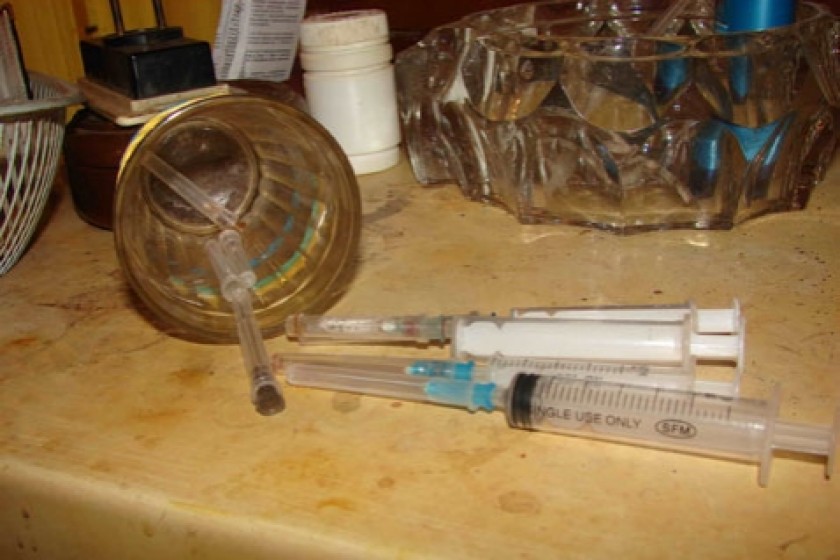
Heroin Shortages Drive Deadly Alternatives
By Eliza Ronalds-Hannon
When European heroin use dipped in the early 2000s, politicians and analysts hailed the decrease as news of their success. New law enforcement initiatives, aided by bad growing weather in Afghanistan, had reduced the supply of heroin to Europe, thus limiting its use.
Unfortunately, that achievement had a serious down side: the heroin drought sparked an increase in the use of synthetic opiates – and those alternatives sometimes have more dangerous side effects and sky-high overdose rates.
Experts have described the decline in heroin availability as “a slide, a squeeze and a shock,” because it came in three phases of increasing speed. A gradual decline in the early 2000s owed mostly to the Taliban’s ban on opium production in 2001. The more substantial squeeze that followed was a result of bad weather and floods in Afghanistan, as well as regional instability during the wars in Iraq and Afghanistan.
But the dramatic "shock" to the supply came just two to three years ago, as cross-country law enforcement operations began netting huge seizures. The United Kingdom’s Serious Organized Crime Agency (SOCA), for instance, teamed up with Turkish authorities to seize over 2000kg of heroin in 2009-2010 alone. Those seizures cut off much of the flow from Turkey, which supplies illicit drugs to =large swathes of Europe.
Filling the Heroin Gap, Country by Country
Responses to the drought varied by country, with drug users in each developing their own preferences for heroin alternatives, according to reports from the European Monitoring Center for Drugs and Drug Addiction (EMCDDA.) In Norway, users turned to buprenorphine, a semi-synthetic often used to treat heroin addiction, but intoxicating and addictive in higher doses. In Hungary, cathinones gained popularity. That substance – an ingredient in the drug mixes known as “bath salts” in the U.S. – is part stimulant, part opioid. Slovakia, too, went for uppers – there, methamphetamine use surged. In Bulgaria, a mysterious substance known as “white heroin” cropped up; reports vary regarding its makeup.
Buprenorphine also swept the country of Georgia, which previously never had much of a heroin problem.
Lasha – whose name has been changed to protect his identity – first tried the drug when he was 15, on the 2007 Georgian New Year. He easily scored the drug through older acquaintances he had met the day before, and his new friends crushed up a tablet of Subutex, a name brand of buprenorphine, and injected him with it Lasha's first high was a nightmare.
 Videos
Videos Photos
Photos
Write a comment